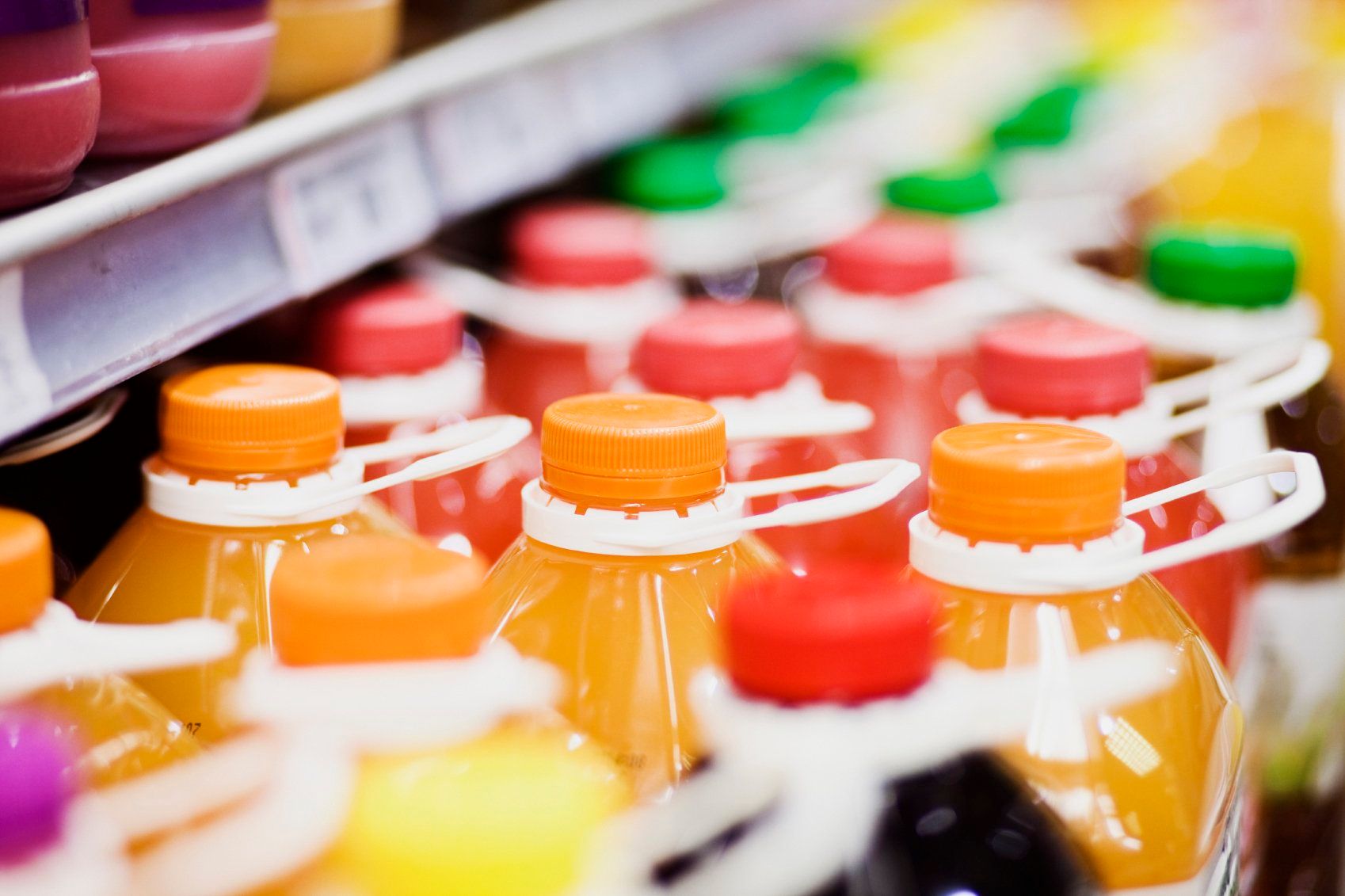Do Consumers Really Want Hybrid Beverages?
A new report from Mintel suggests consumers are open to trying new and different beverages, but some are also overwhelmed by the many options on the market.
Photo © iStockphoto.com/RapidEye

Consumers are largely open to trying new and different beverages, suggests a new report from market researcher Mintel, but some are also overwhelmed by the many options on the market. What does that mean for cross-category, or hybrid, beverages?
While more than two-thirds of American consumers “sometimes or frequently purchase new/different beverages,” reports Mintel, just 14% of consumers say that hybrid drinks are more interesting than non-hybrid drinks. And only 8% and 7% of consumers think hybrid drinks are better tasting or healthier, respectively.
Conversely, 20% of Americans say hybrid drinks taste artificial and 24% agree that they have too many calories.
In addition, although 48% of consumers say they enjoy the wide selection of beverages available on the market, the many choices may also be daunting to some. Mintel notes that 21% of consumers say there are too many beverages choices.
“The emergence of cross-category beverages has led to the development of new drink fusions, and the array of beverage options can be overwhelming for some consumers,” says Elizabeth Sisel, beverage analyst, Mintel. “This presents big challenges for brands looking to retain their customer base without polarizing those who are inundated by the growing selection of beverage options.”
Sisel also suggests consumers may be struggling to identify drink fusions due to unclear messaging, but Mintel has found there may be strategies to overcome the confusion. For instance, 40% of consumers say they would be encouraged to buy a new beverage offering if they could try an in-store sample first.
“Our research suggests that brands should offer consumers the opportunity to taste test new products before committing to a purchase, such as free product trial or in-store sampling,” says Sisel. “This could help cut down on consumers’ product confusion and the sense of being overwhelmed by too many options.”
Taste Is Still Overwhelming Priority
Mintel also notes that while the non-alcoholic beverage market is moving toward better-for-you options, taste/flavor remains the highest priority, with 72% of consumers saying it is their main influencer when drinking preferred beverages. Health/nutritional attributes and functional attributes were found to be far less influential, being reported as a main priority among 21% and 16% of consumers, respectively.
“While the non-alcoholic beverage market is innovating to address consumer interest in healthy options, taste and flavor remain the most influential reasons for consumption,” says Sisel. “No matter how healthy a drink is, if it doesn’t taste good consumers won’t but it, and the amount of available products on the market makes it easy for consumers to simply move to another option.”
Additionally, at the same time as top categories of beverages experienced declining or stagnant sales, other beverage types experienced more impressive sales growth. From 2014–2015, carbonated soft drinks grew by just 0.1%, juice grew by just 0.1%, and dairy milk declined by 7%. On the other hand, the energy drinks category grew by 8.9% and the coffee beverage category grew by 8.7%.
Hybrid drinks are defined as products that combine two or more drink categories. Mintel’s full report on the "blurring" of the beverage market can be found here.
Read more:
2016 Flavor Trends for Food and Beverage
Top Tips for Formulating Healthy Beverages
Six Trends Driving the Sports Drinks Market
Michael Crane
Associate Editor
Nutritional Outlook Magazine
michael.crane@ubm.com
Prinova acquires Aplinova to further increase its footprint in Latin America
April 7th 2025Prinova has recently announced the acquisition of Brazilian ingredients distributor Aplinova, which is a provider of specialty ingredients for a range of market segments that include food, beverage, supplements, and personal care.










